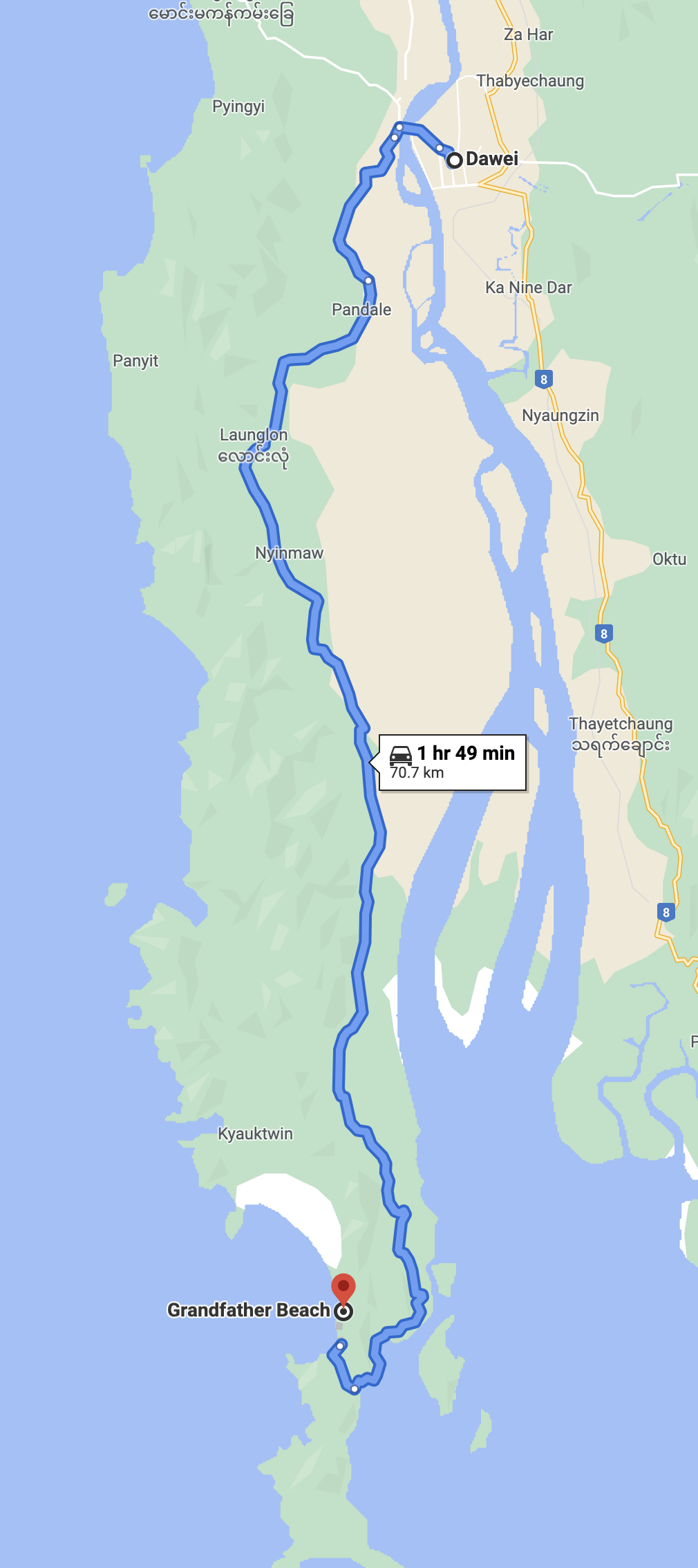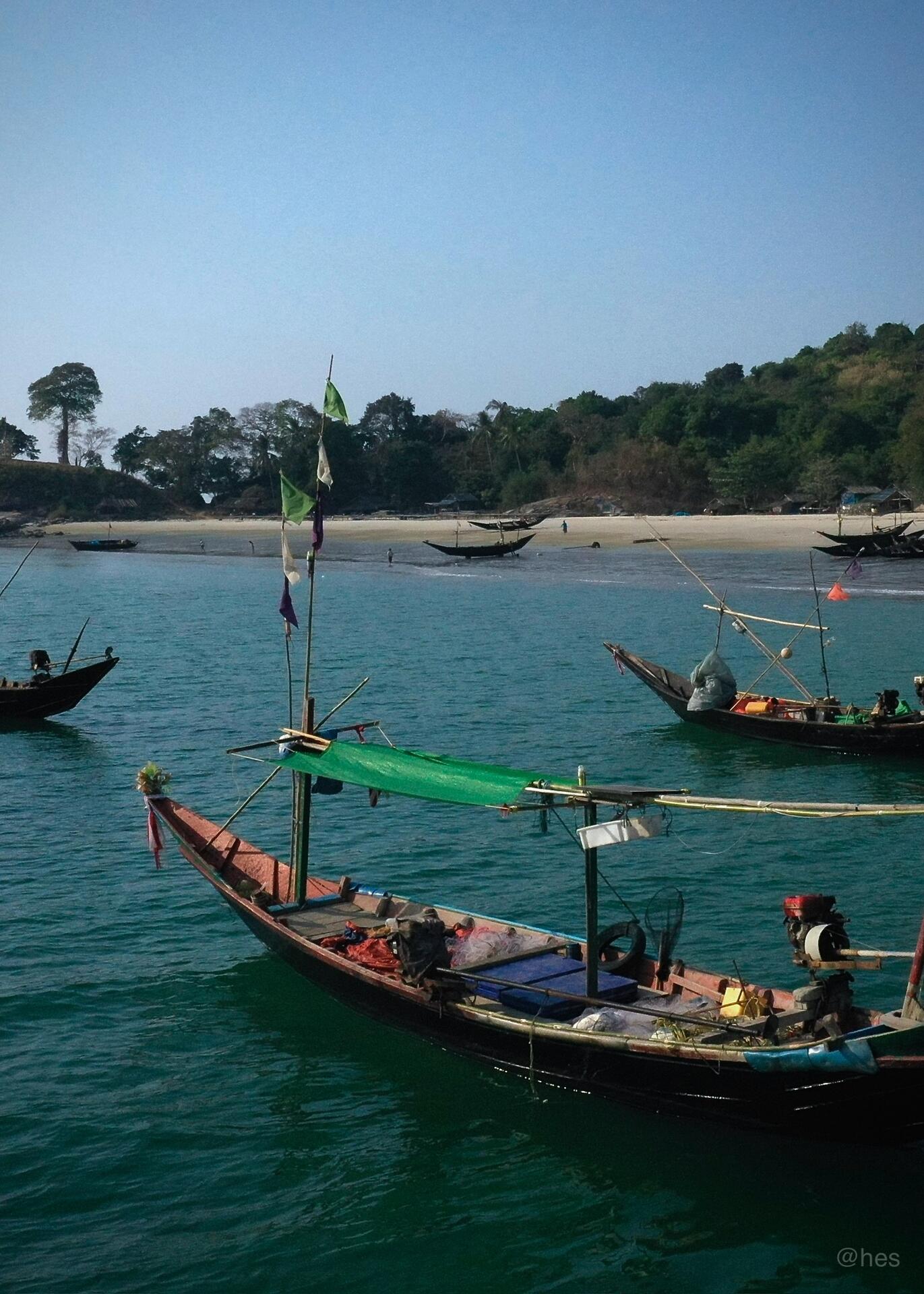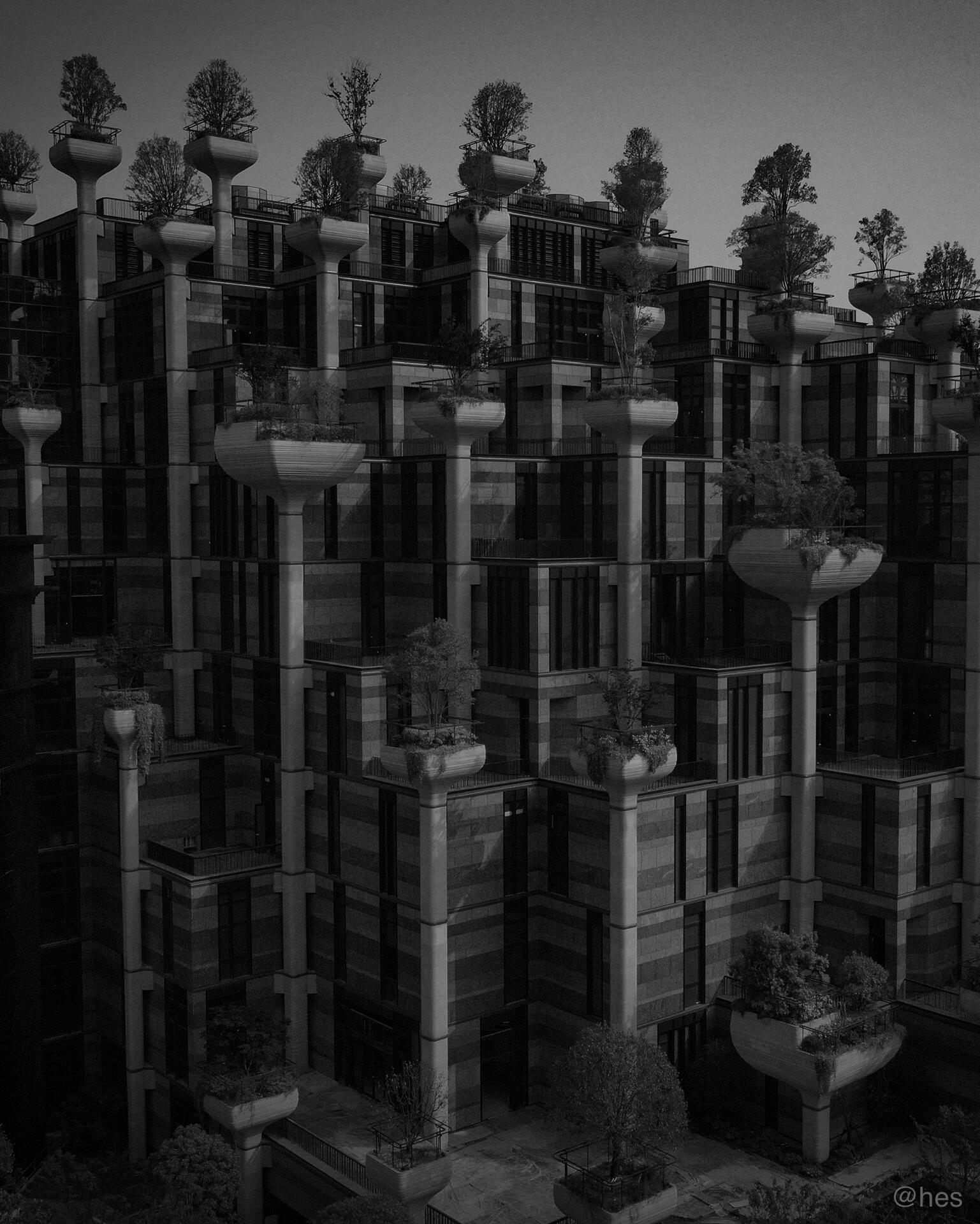Top 3 Hidden Beaches in Southern Myanmar
When you hear the word Myanmar, beautiful beaches and crystal clear water is probably not the first thing that comes to mind.
Think again, because southern Myanmar is home to some of the most stunning and untouched beaches in all of southeast Asia. While these beaches certainly rival that of Thailand, the Maldives, and Hawaii — lack of infrastructure and tourism to the area have made them quite difficult to find if you don't know what to look for.
I spent the time getting lost, asking for help, and wandering for hours so you wouldn't have to. Google Maps is hardly reliable in these small, remote villages, so buckle up and get ready to explore the best of southern Myanmar. Here’s a look at my top three, hidden beaches in southern Myanmar; and why you should reconsider that trip to Thailand in favor of the lesser-traveled, Myanmar.
#3 Tizit Beach: A Sanctuary Shrouded by Mountains
Tizit Beach is located about one hour south of the city of Dawei. Getting here is quite a challenge and not recommended for the faint of heart.
The roads are dangerous, unlit, and sandy; only make the trip if you are confident on a motorbike and double-check to make sure the bike is in proper condition with working brakes. As a reward for your troubles, expect to see very few, if any, tourists at Tizit Beach. The only people we saw here were a few local children and fisherman off the shore. You will need to rent a motorcycle and traverse across a pretty steep mountain pass to get to Tizit Beach. Expect the journey to take about an hour in each direction.
Directions:
Begin by crossing over the water to the west of Dawei and taking a left heading south towards Nyinmaw. As you are riding down the peninsula from Dawei there is really only one main road to follow. Stay on the road for about 30 minutes keeping an eye on the right side for a small sign marking Tizit Beach.
You will likely miss the sign on the first pass through as I did. Pay attention to your GPS and note that if you have passed Nyinmaw, you have traveled too far. After locating the Tizit Beach sign you will notice a school playground and a road leading toward the mountains. Take the right turn and continue over the mountain for about 20 minutes:
At the bottom of the mountian pass you will come to a fork in the road with unclear directions. Going left will lead into a small cemetery and dead end. The road left looks like this:
You want to head right at the fork, which will take you through a small residential area to the waterfront. As with many of the beaches in the area, there will be substantial flooding in the morning. Coming after 15:00 is probably best. As you arrive, expect to be greeted with panoramic views of the lush mountains, a vast delta plain, and crystal blue water:
The sand on Tizit is a brownish-orange color that appears to morph into a deep red around sunset. It is soft and clean. The beach is much wider than others in the area, allowing you more flexibility to set up camp away from the tide. In the ocean, the water is warm enough for a swim and the current was nothing to worry about for an experienced swimmer. There are no lifeguards, so obviously swim at your own risk.
A handful of wooden fishing vessels were docked off the coast and the locals were super friendly to us:
One of the best parts of Tizit Beach is a sunset cruise along the water. The sand will harden up near the shore and you can bring a motorcycle down to ride on it. This was surely my best memory over the thirty days I spent in Myanmar.
Sunsets on Tizit are epic. The whole place turns red. Don’t stay too late because the mountain pass is not lit and the ride home in the dark is definitely sketchy. If you do hang around until sunset, I would urge you to be prepared to leave immediately after the sun drops and make sure the lights on your motorcycle are working.
#2- Grandfather Beach: Popular, but Plentiful
Number two on my list is one of the more striking in Dawei. It is quite popular with locals, but large enough to not be overcrowded.
Grandfather Beach is another hard find, but worth the trouble once you do make it. Getting here requires about 3 hours each direction on a motorcycle from the city of Dawei; assuming you stop to take some photos and eat along the way.
Directions:
To get to Grandfather Beach, head south on the main drag from Dawei all the way down the peninsula for several hours. It is a long and winding journey through the jungle. At some point the road will cut across the peninsula and run parallel to the coastline. Once you get to the top of a hill and can finally spot the ocean you are close. You are looking for a small town called Kyauk Wap Pyin at the bottom of the hill:
Once you find the town, take a right heading from the east side of the land to the west. Continue on a small road through the town for about twenty minutes until arriving at the fishing village on the west coast pictured below:
From the small fishing village above, it's on you to find the orange-dirt road leading to the beach. It’s steep, slick, and pretty crazy to ride over. I had a lot of fun with it. The road to the beach is on the right side of the town if you are looking at the sea from the village. Grandfather Beach is no stranger to daytime flooding. If you arrive past noon expect to get waist-deep in water, crossing from the parking area to the beach. You will only be able to ride on the beach in the early morning.
The flooding is not all that bad, though. The restaurants are well acclimated to the rising water levels and have situated themselves accordingly. There are also a few swings set up on the beach at the perfect height above the water. The sand at Grandfather Beach was the softest of any of the three mentioned in this article. It is a fairly popular spot for locals, so don’t expect a completely empty beach. As a result, it wasn't nearly as clean as Tizit, and it is also quite a bit narrower.
If you don't have a place to stay the night near Grandfather Beach, watching the sunset is unobtainable (unless you take the risk of a long and dark ride back to the city. I would urge against it). Grandfather Beach certainly has the most infrastructure, which means you will have plenty of options for places to eat and drink. Plan to make an entire day out of your trip to Grandfather to get the most from the experience.
#1- The Mergui Archipelago: An Unexplored Haven
This will come as no surprise for anyone who has been to Myeik. The hundreds of remote islands in the Mergui Archipelago take the cake when it comes to beaches in the region.
Had my spontaneity from going to Yangon with no plans, and browsing a satellite map for cool areas not happened, I would have never stumbled upon the magnificence of the Mergui Archipelago. Hardly any information exists on the web and tourism in the area is extremely limited. While many of the islands are completely off-limits, quite a few of them have wonderful private beaches to take advantage of.
Realizing that many of the people I spoke to during my month in Myanmar had no idea this type of scenery existed in Myanmar; I feel an obligation to spread the word and encourage others to see it for themselves. The best way to visit is by taking an island-hopping tour from the city of Myeik. The tours range in price and length, but expect to spend a couple of hundred dollars for a 2-3 day tour, all the way up to thousands of dollars for week-long yacht expeditions. It seemed pretty standard that food, a tent, and drinks are provided in the booking fees; but always double-check with the agency you book with.
During my five days, I came across only three foreign tourists. The guide told me many of the islands we visited have only ever been seen by hundreds of foreigners at most. The area is so secluded and undocumented that it was even unknown to several of the Burmese friends I made over my travels. At times I felt a little intrusive considering how little tourism comes through the area. At one of the islands we visited, we got to interact with a group of settlers who are 100% dependent on the sea, don't use electricity, and cannot even communicate with the Burmese tour guides. Despite my reservations, you could feel a genuine connection. Though we were on their island, they were welcoming, friendly, and happy to interact with us. Back in the city, the locals I talked to were happy to see outsiders enjoying their hometown. They were glad others could come and appreciate this little hidden gem on earth.
I ended up camping on an island for a couple of nights and the only other person on the island with me one night was the island caretaker and his ten puppies. Each day, a small boat would take us to several of the surrounding islands for swimming, beach time, and snorkeling before returning back to the campsite. If you are SCUBA certified this is a fantastic area for diving; as it is home to several impressive coral reefs and marine species.
The whole experience of island hopping down south is quite surreal. Knowing this is one of the few places on earth that has not really been explored gives you a really unique feeling out there in the middle of the sea. I can absolutely say this should be the top priority on your next trip to Asia.
Conclusion
Myanmar truly is a remarkable country, plagued with an unfortunate history. The people I met were some of the friendliest and most optimistic in the world; regardless of the hands they’ve been dealt. While this guide covers some wonderful beaches; and I guarantee you will have a great time traveling the country— my main goal is that everyone who visits Myanmar will sit down and connect with the locals on a deeper level. They have some remarkable stories and I have made friends for life.
Enjoy the trip.
— Hes
Originally published May 7, 2021 at connorhesen.net





































